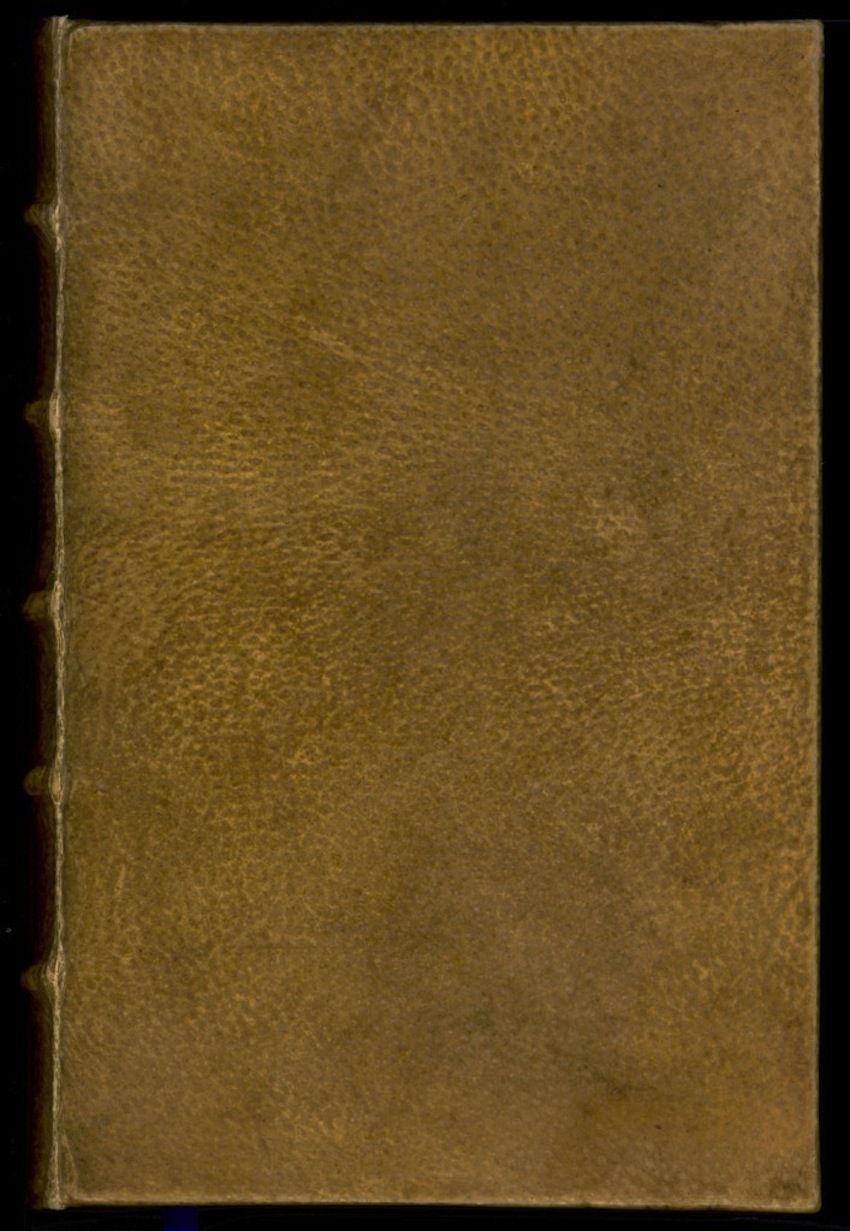This Harvard Book Is Bound In Human Flesh

Image via Harvard University Houghton Library
While scientists debunked the idea that two books owned by Harvard University’s various libraries were wrapped in the flesh of a human being, it turns out that a third volume in their collection actually is bound in human skin.
On Wednesday, officials from the school’s Houghton Library announced that a copy of Arsène Houssaye’s Des destinées de l’ame is “without a doubt” enveloped by the remnants of an actual person.
The confirmation came after conservators and researchers teamed up and used various scientific methods to test the book’s authenticity, including plucking tiny samples of tissue from the binding and analyzing them closely through a process called “peptide mass fingerprinting.”
According to a blog post on the Houghton Library’s website, Bill Lane, director of the Harvard Mass Spectrometry and Proteomics Resource Laboratory, said the peptide mass fingerprints from the book’s binding ultimately matched a reference made about the cover’s origins that’s inscribed on the inside of the book.
As the story goes, in the 1800s Houssaye gave the book, which is about the human soul and what happens after death, to a man named Dr. Ludovic Bouland. Bouland then bound the book using skin from a deceased female mental patient, whose body was never claimed.
Inside of the book, Bouland wrote:
This book is bound in human skin parchment on which no ornament has been stamped to preserve its elegance. By looking carefully you easily distinguish the pores of the skin. A book about the human soul deserved to have a human covering: I had kept this piece of human skin taken from the back of a woman.
Until recently, the book’s authenticity had been called into question, but the library’s breakthrough discovery officially put the nail in the coffin of this anthropodermic bibliopegy mystery.
Lane said the tests “clearly” eliminated the chances that the book was bound in anything like sheepskin or other animal parts, which is what scientists proved earlier this year when examining what a book in the Harvard Law School’s library was made of. Similarly, a binding in the Harvard Medical School’s Countway Library believed to be made of a person’s skin was actually from an animal.
After initial testing was complete on Houssaye’s book, Lane said there was still a chance the binding could have come from “other closely related primates.” To be certain, Houghton Library officials decided to take their investigation one step further. They said the samples were again analyzed, this time using Liquid Chromatography-Tandem Mass Spectrometry, to determine the order of amino acids, which vary among species.
It was that test that finally put their questions to rest. “The analytical data, taken together with the provenance of Des destinées de l’ame, make it very unlikely that the source could be other than human,” said Lane.


